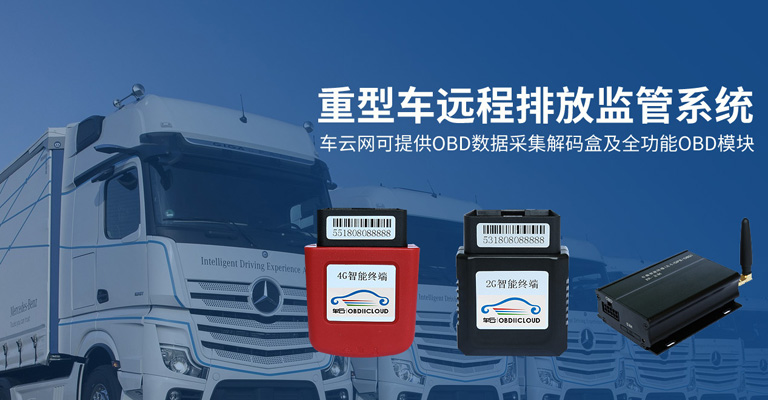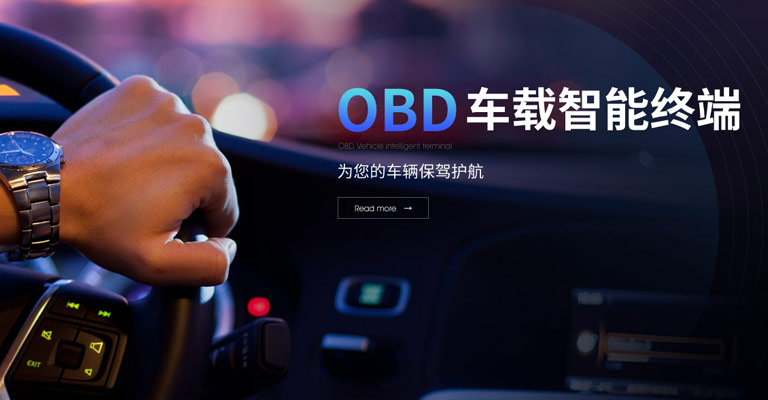乘用车OBD标准
2021-04-01
|
All cars and light trucks built for sale in the United States after 1996 are required to be OBD-II compliant. There are five OBD-II protocol types in use: J1850 PWM, J1850 VPW, ISO 9141-2, ISO 14230 KWP2000, and ISO 15765 CAN. Each protocol differs electrically and by communication format. The Code Reader or Scan Tool must be compatible with the vehicles specific protocol in order to communicate. To determine which protocol your vehicle is using, you need to locate the Data Link Connector. It's a 16-pin rectangular connector usually located below the steering column, behind the ash tray or within at least 3-feet from the drivers seat. It may also be located behind a snap off cover. The connector will not have all of the pins loaded. You can examine which pins are present to identify which protocol is being used. The diagrams below show all of the protocol pin positions. After you determine your vehicles protocol, check your scan tools support list or look into the scan tools connector to see if the mating pins are present.
SAE J1850 PWM (Pulse Width Modulation at 41.6 Kbps, two wire differential) Pin 2: BUS+ signal
SAE J1850 VPW (Variable Pulse Width at 10.4/41.6 Kpbs, single wire) Pin 2: BUS+ signal
ISO 9141-2 (Asynchronous serial communication at 10.4 Kbaud) Pin 7: K-line bidirectional for communication ISO 14230 KWP2000 (Asynchronous serial communication up to 10.4 Kbaud) Pin 7: K-line bidirectional for communication
ISO 15765 CAN (250kbit/sec or 500kbit/sec) Pin 6: CAN high (CANH) |
上一个: OBDII SAE ISO规范








